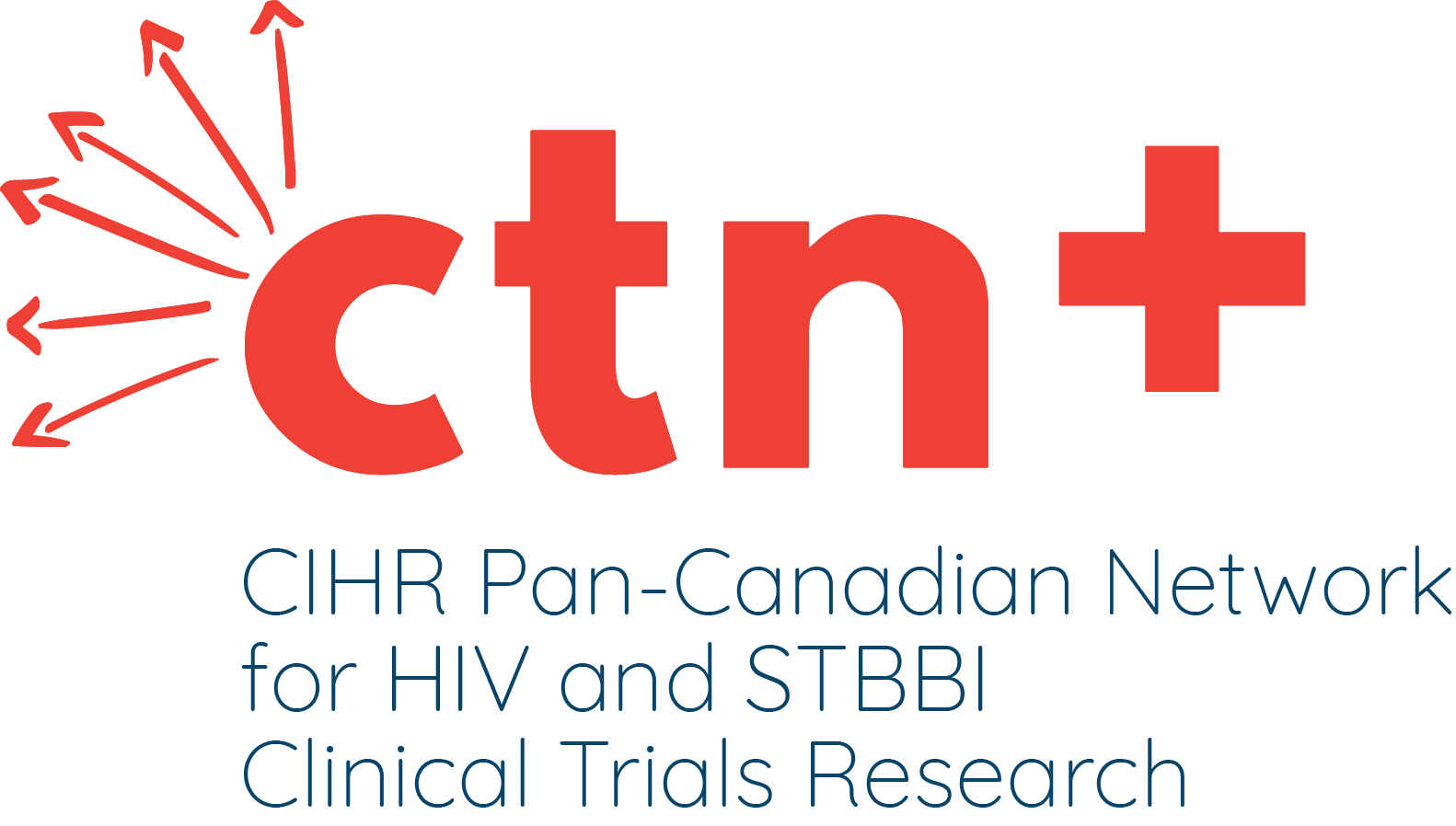“Nothing about us without us”; this has been the resounding message delivered by community members about the need for patient involvement in the research process.
This notion is equally true for research that focuses on successful implementation of programs and services.
In some communities, HIV and STBBI treatment and prevention programs have been very successful. However, these programs often have not fit with specific community needs and have not been adapted well to local contexts.
CTN 301, The DRUM Study, is an ongoing study that aims to integrate culturally- relevant prevention, treatment, and care of HIV and related conditions using a shared- care model (SCM) approach in Northern Alberta First Nation communities. A SCM refers to a partnership between community members, clinicians, and health providers, where patients are empowered to become involved in their health and care.
Resulting from the ongoing community feedback in DRUM, a new sub-study, CTN 301-2: DRUM & SASH, has been launched to respond to the barriers, gaps, and needs identified by First Nation and Métis communities. Specifically, CTN 301-2 is examining the barriers and facilitators of HIV and STBBI prevention and treatment programs in Alberta rural and urban First Nation and Métis settings.
“The DRUM communities identified local relevance and appropriateness as being key to successful HIV prevention programs,” said Dr. Cathy Worthington, study principal investigator. “Much of the past research in this area has taken a pan-Indigenous approach, which assumes that what works for one community will work for others, regardless of nation or cultural context.”
As in CTN 301, DRUM and SASH is using community-based participatory research methods to ensure that communities are leading program initiatives. The study will use a combination of qualitative research and policy analysis to understand the context of rural and urban HIV and STBBI programs for First Nations and Métis people, while ensuring that communities’ distinct characteristics are respected.
“Our overarching goal is to contextualize the barriers experienced by each community, but also to identify how each community leverages its strengths and wise practices when it comes to prevention services,” noted Dr. Worthington.
Visit www.drumandsash.ca for more information.






